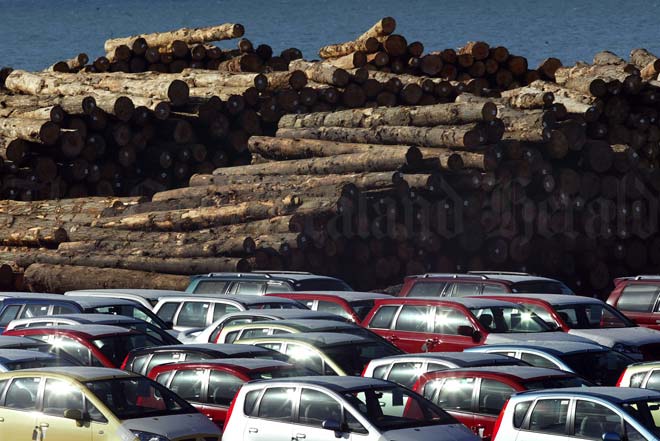
Historically, governments restricted imports in order to limit spending of overseas earnings. From the early 20th century for example, the government protected local motor-vehicle production by imposing a higher tariff on imports of fully assembled cars. From the mid-20th century, a percentage of a vehicle's components had to be locally produced. These measures encouraged spending – on labour, on parts, and on the finished car – to take place within New Zealand. Once imports were allowed easy entry, the car assembly industry collapsed. These imported cars are shown in front of logs ready for export in 2004.
Te whakamahi i tēnei tūemi
New Zealand Herald
Reference:
0807NZHMMCENTREPORT2.JPG
Photograph by Mark Mitchell
Permission of the New Zealand Herald must be obtained before any re-use of this image.







Tāpiritia te tākupu hou